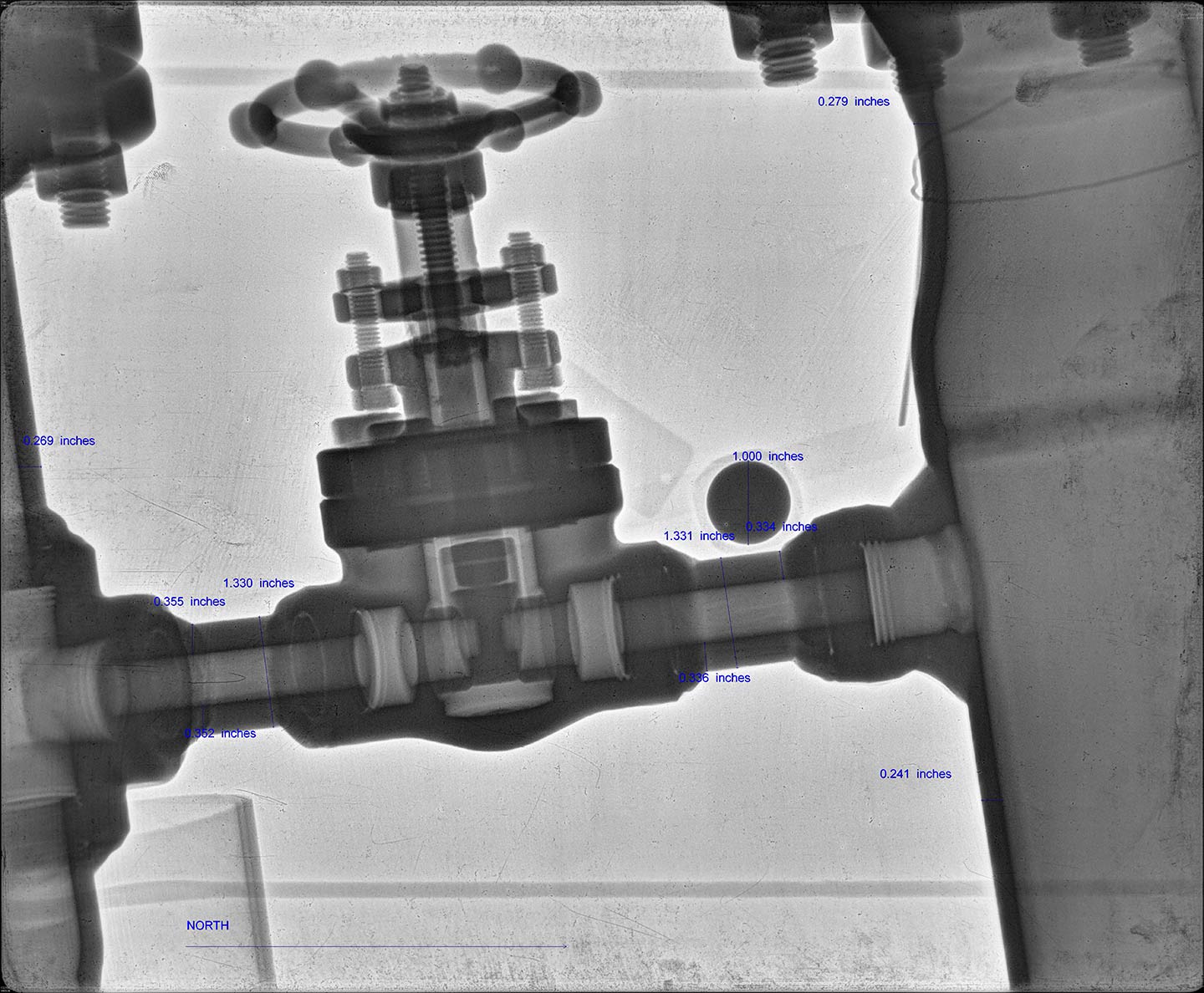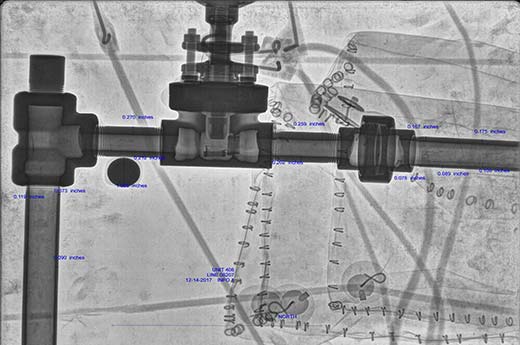
An Industrial Service Company offering a unique blend of services
1-855-227-5510
Email: [email protected]
XCEL
2755 State Hwy 322, Longview, TX 75603 | Mailing PO Box 8024, Longview, TX 75607
Direct Radiography (DR) systems using digital detector arrays (DDAs) are a logical progression of the radiographic technique. With typically even shorter exposure times than CR and practically real time results, DR is an excellent choice for many applications.
Two of the biggest advantages of Digital Radiography:
-
Very short exposure times required to capture an image on the DDA, again saving time and exposure to radiation
-
The image processing is practically instant, allowing adjustments to be made with minimal impact
Computed Radiography (CR) uses photostimulable phosphor plates (PSPs) in place of film to capture the image. The exposed PSPs are then scanned and the captured data is converted into a digital image file. The software allows for certain post-imaging processing to take place to optimize the image.
Two of the biggest advantages of Computed Radiography:
-
Digital images can be saved on an optical disc or other secure storage media eliminating the need to store boxes or envelopes of film that can degrade over time
-
Viewing software allows for measurement and other tools to improve image evaluation

